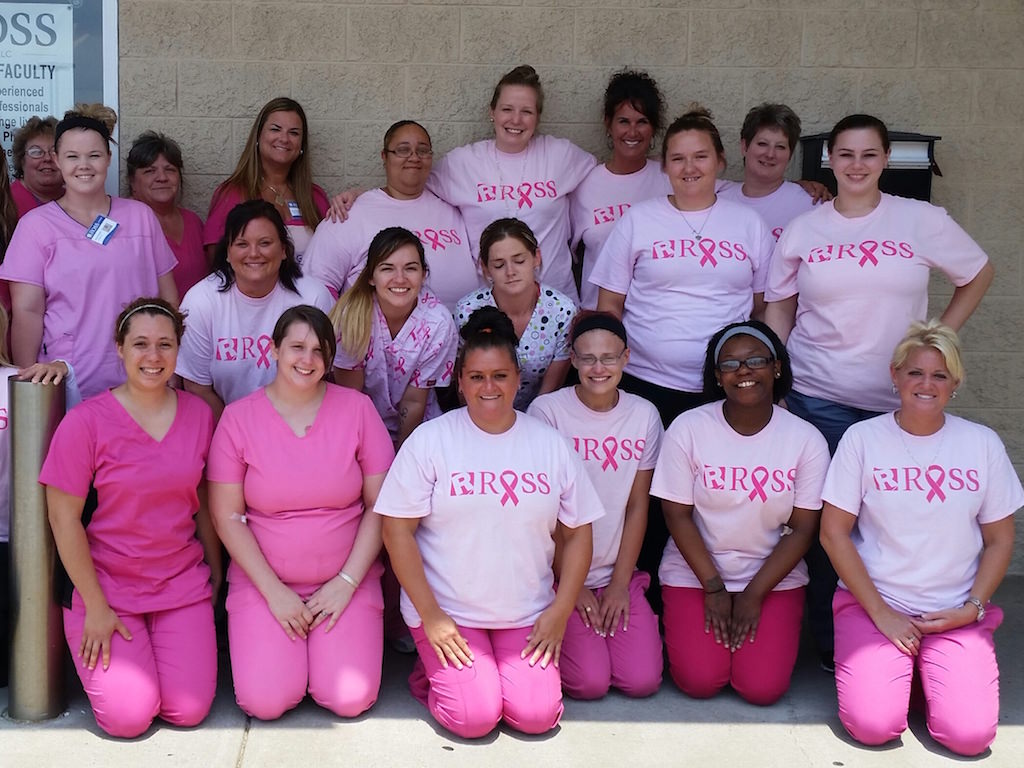 National Pink Day was on June 23rd and the students from our Ross Medical Education Center campus in Evansville, Indiana embraced this annual observance by of course wearing as much pink as possible! Many students wore pink shirts that bore the school’s logo. This fun day celebrates the meaning of pink which is commonly associated with empathy, kindness, and femininity.
National Pink Day was on June 23rd and the students from our Ross Medical Education Center campus in Evansville, Indiana embraced this annual observance by of course wearing as much pink as possible! Many students wore pink shirts that bore the school’s logo. This fun day celebrates the meaning of pink which is commonly associated with empathy, kindness, and femininity.
In the early twentieth century, colors began to be associated with gender. While people consider pink a feminine color, boys originally wore pink and girls would wear blue. The idea behind it was that pink was considered more masculine and blue was considered dainty and soft. This association occurred as early as 1918 in publications.
The shift began to occur as clothing manufacturers pursued the idea of pink being feminine. A few examples that exhibit pink include Mary Kay and Susan G. Komen’s pink ribbon representing the fight against breast cancer. Another interesting fact is that rose quartz, one of many shades of pink, is also one of two Pantone’s 2016 Color of the Year.
 At Ross, participating in National Pink Day was one of many ways to bring fun and excitement to the campus. Furthermore, students were given pink shirts with the Ross logo on it during fun drawings and activities to show the students appreciation for all their hard work. Students seemed more than ecstatic to be given these shirts. Seeing everyone wear pink helped to create a sense of unity at the campus.
At Ross, participating in National Pink Day was one of many ways to bring fun and excitement to the campus. Furthermore, students were given pink shirts with the Ross logo on it during fun drawings and activities to show the students appreciation for all their hard work. Students seemed more than ecstatic to be given these shirts. Seeing everyone wear pink helped to create a sense of unity at the campus.
Nicki Eckert, the Assistant Director of Education at the Evansville campus, had positive reception to this national day: “Pink Day was about more than just wearing a certain color for the day. It’s about getting our students involved and excited about their school day. I witnessed several students that are otherwise quiet and shy getting excited to participate. I saw these same students coming out of their shell trying to win a pink Ross T-shirt! Our new campus director, Rebecca Moran, is very good about coming up with these kinds of activities to make students more enthusiastic to attend, consequently breaking the monotony of their normal routine. It also encourages students to bond with one another and with staff and faculty.”
